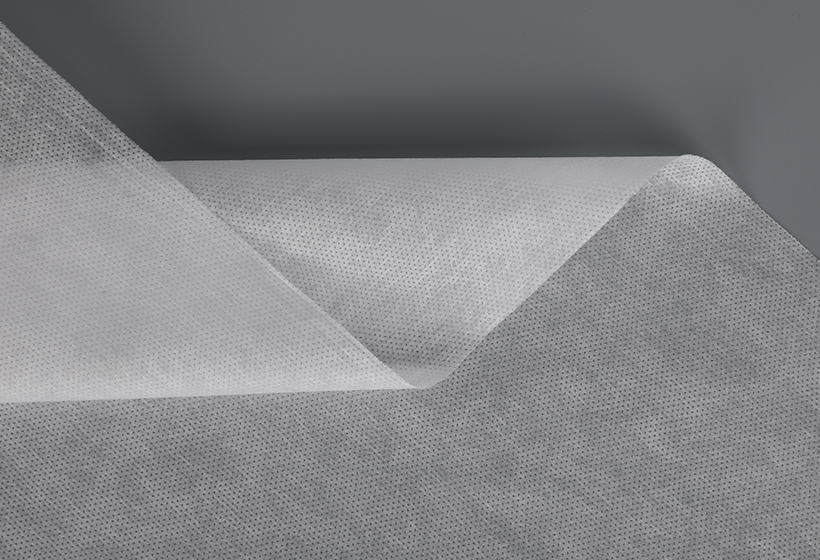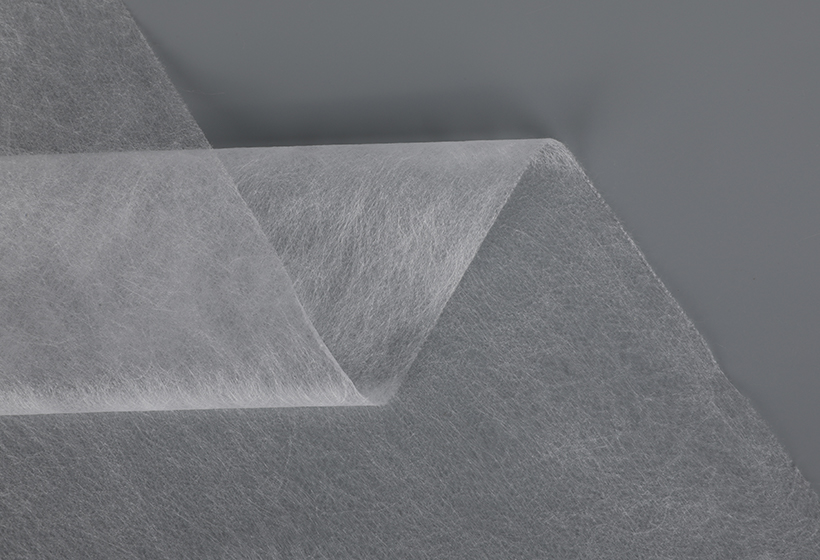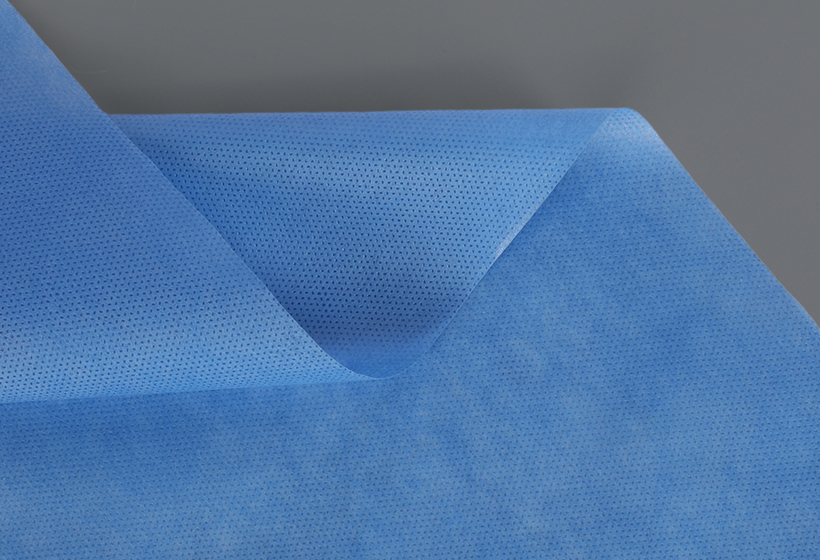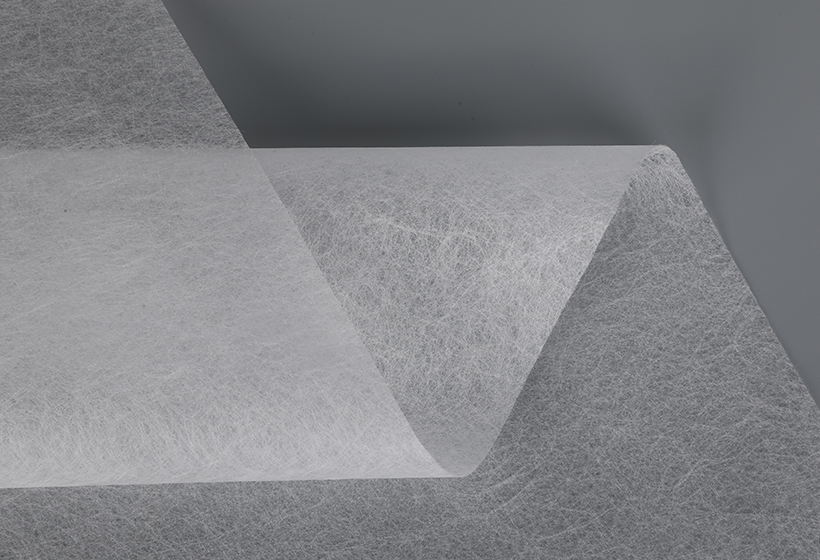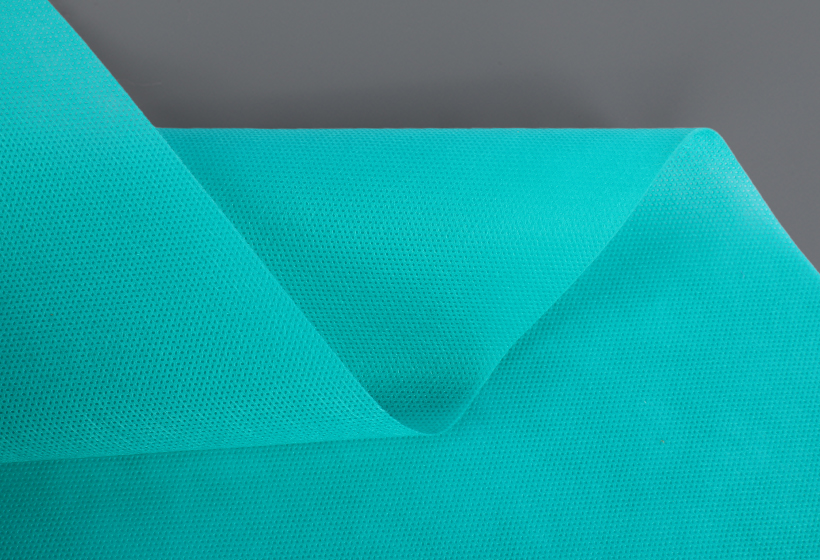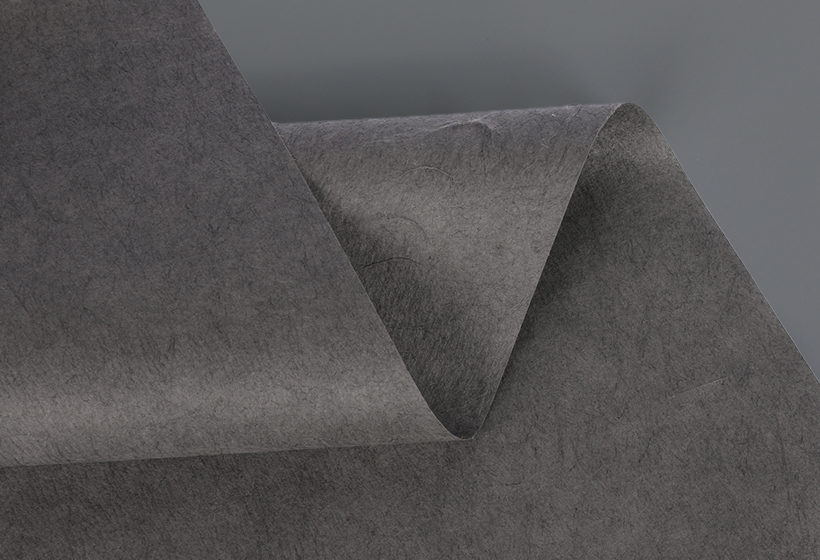There are two common types of non-woven fabrics. Direct spun and melt-blown non-woven fabrics are both produced in the same manner. Melt-blown nonwovens are produced by spinning melted polymer fiber through a linear die with several hundred small holes. The fibers are then stretched and cooled, and the resultant web is blown onto a collector screen. The melt-blown nonwoven is typically mixed with a spunbond web to create a more dimensionally stable fabric.
Nonwoven fabrics have many uses and are inexpensive. Many are useful for household goods, such as towels and mattress padding. They are also used for home furnishings, including table cloths and blankets. Many nonwoven fabrics are also suited for use as carpet backings, insulation and packing materials. They also serve as protective coverings for wooden surfaces. Nonwoven fabric has an eco-friendly footprint and is 100 percent biodegradable.
Airlaid non-woven fabric is biodegradable and inexpensive. The process of airforming creates a web made of a mixture of olefin, polyester, and rayon fibres. It can be hard to distinguish between these non-woven fabric types, so it's helpful to know what to look for before making a purchase.
Thermally bonded non-woven fabric is more expensive than staple-woven fabric, but is much thinner and more stiff. It is produced through a process called'melt bonding.' The heat bonds the fibers together by melting them at the fiber crossover points. The end result is a nonwoven fabric that is rigid and thin, with many uses. It can even be reverse engineered to meet functional needs.
The most common type of non-woven fabric is wool felt. It is made by interlocking short-staple fibres in animal hairs. The wool fibres have natural hooks like scales, which interlock with heat and moisture. They lock together and are often used as insulation and in a variety of household and industrial products, including shoes. If you want to find out more about non-woven fabrics, read on!
Nonwoven fabrics are versatile, flexible and durable. Their properties make them ideal for a variety of applications, from wet wipes to thermal blankets. Their properties also vary, including absorbency, lint-free, and fire resistant. Some nonwoven fabrics are made from synthetic materials, while others are natural. Some of the most popular materials are boiled wool, polyester, and viscose (rayon).
The properties and characteristics of nonwoven fabrics are largely determined by the fibres and their characteristics. Fiber diameter, fiber length, tensile strength and finish are key characteristics to consider when determining nonwoven fabric properties. The structural geometry of a fabric is largely responsible for its properties. A crimped non-woven fabric is highly resistant to wear and tear and is a great choice for fabrics with high tensile strength.
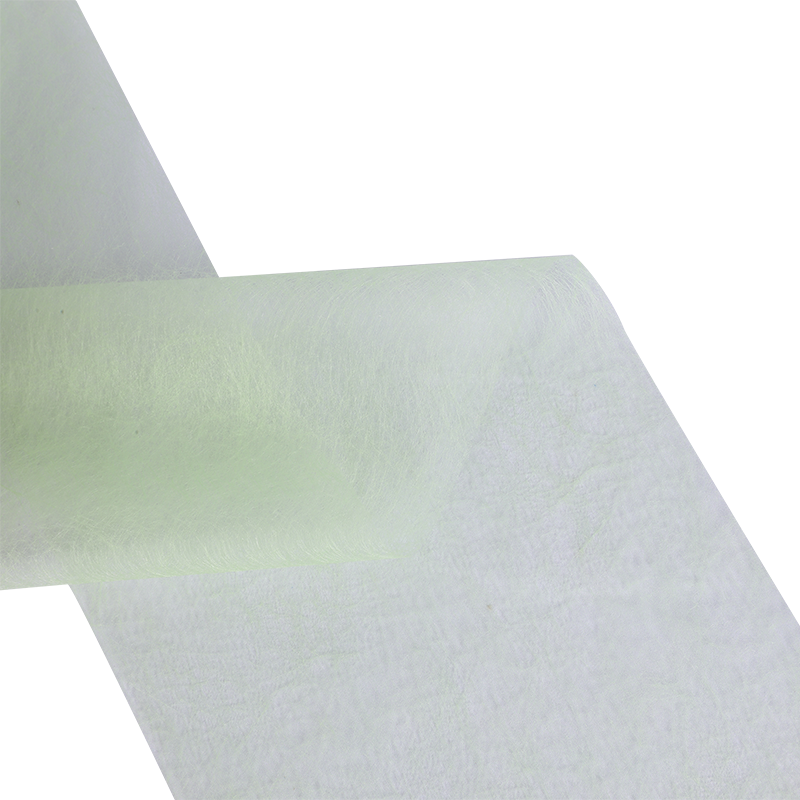

 English
English Español
Español
